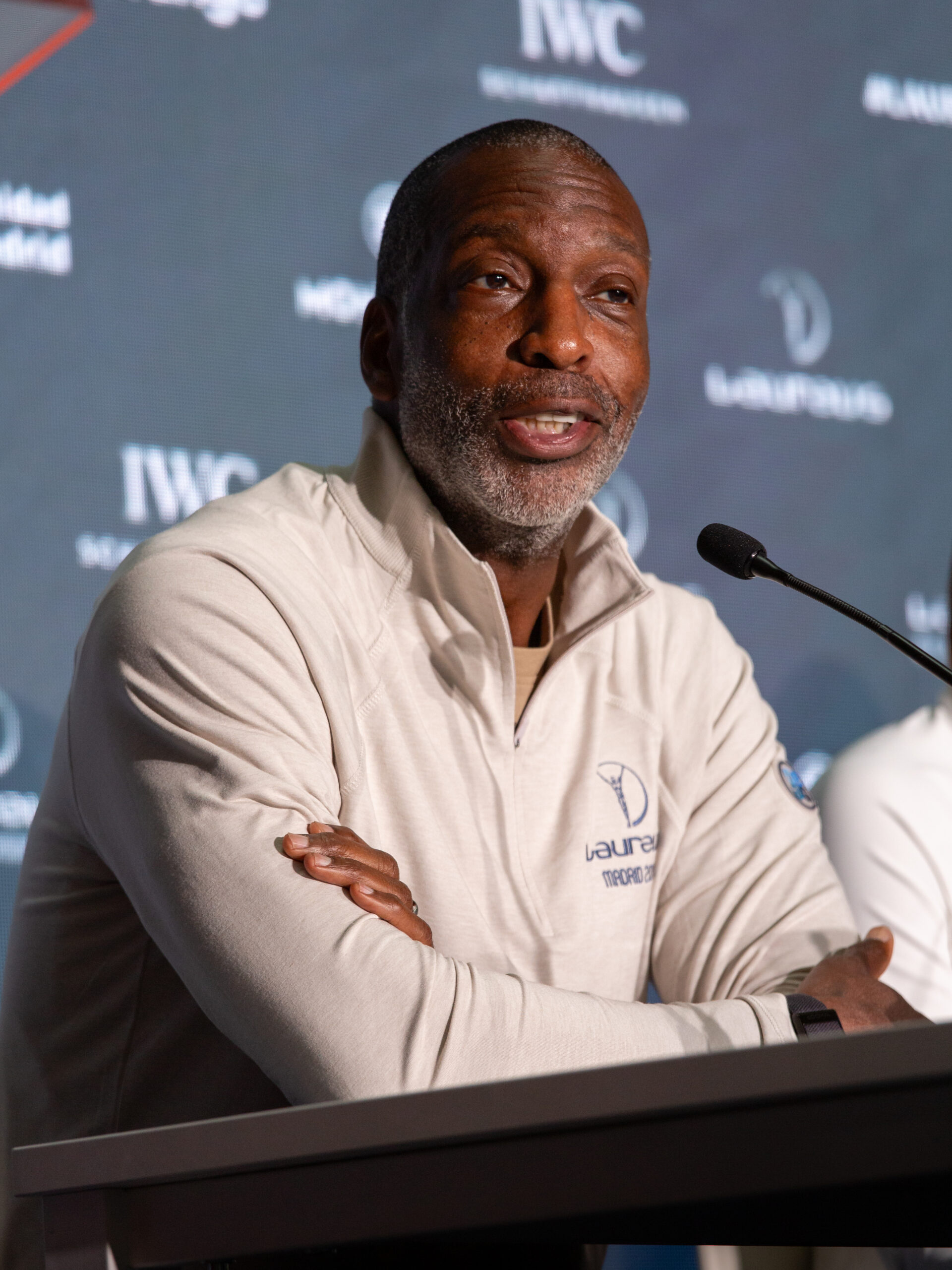Grand Slam Track: The future of the world’s oldest sport?
It’s official, Michael Johnson’s Track league that aims to revolutionise Track and Field is upon us. The aptly named Grand Slam Track (GST) league aims to pit the best of best and the fastest athletes against one another.
The only events that will appear in the inaugural series will be: 100m, 100m/110m hurdles, 200m, 400m Hurdles, 400m, 800m, 3000m, 1500m, 5000m.
Why is Grand Slam Track necessary?
As a self-professed Track enthusiast, I have always found it hard to find a track meet on the television to watch the best athletes compete against each other. There always seems to be a star missing, apart from in the Olympic finals.
For example, despite his 4 Olympic Gold medals and 8 World Championship titles, Johnson never got to face his “most bitter rivals [regularly].” His league aims to change that.
The current problem with Track is that many athletes only receive compensation by the brands that they represent. Only a few track athletes are paid an appearance fee to race.
Speaking at the GST inaugural press conference Johnson stated:
“ [At the moment] it’s not worth it to take the risk of losing against their biggest rivals, with the GST we’re now going to compensate them to take that risk.”

How will Grand Slam Track work?
The idea of Grand Slam Track is simple. There are eight lanes to a track, fill them with eight of the fastest runners. This, however, is a lot harder than it sounds. All athletes have different schedules throughout the year and there are so many meets you can never guarantee that you will be facing your rivals.
Johnson aims to guarantee that the top four of the fastest athletes in each event will compete against each other four times a year. Grand Slam Track will do this by paying athletes no matter where they come in the race. Finishing eighth still awards the athlete $10,000 for their hard work.
GST aims to sign the four fastest athletes per event contractually to guarantee them to appear in all 4 races throughout the year. They will bring the stars and the stars will be rewarded. These athletes will be called the Grand Slam Track Racers.
Then you have four Grand Slam Track Challengers. As the season plays out throughout the year, runners who start to show promise in their event will be selected by the Grand Slam Committee to compete. This will then fill all eight lanes.
This is probably the most exciting part of the Grand Slam Series. The fact that an underdog (a challenger) enters the meet to compete against the fastest in the world will be inspiring to watch. If they win it will generate that wow factor that the Olympics does so well.
Not only this but Johnson wants to lean into the pre-existing rivalries in the sport, he said:
“Rivalries are not disrespectful; the rivalries are fun. The sport is beautiful, it’s amazing, it’s [Grand Slam Track is] all about bringing the best athletes together”
What about the field events?
The only sticking point with the league is that it could leave some field fans disappointed.
Johnson stated: “There are no field events at all, we’re committed to one event at a time. There is no place for us to fit in a field event. We’re committed to allowing the athlete taking the centre stage”
This makes sense, sometimes during a 5000m race the programme will cut away to show a field event. Fans are left wondering what is going on in the race. We miss vital moves and the exciting track action.
Carl Lewis, who is collaborating with Johnson on the project said: “We’re following the money. The bottom line is the events are clean, they’re less complicated.”
It’s an exciting prospect that Grand Slam Track aims to revolutionise the world of running. We look forward to seeing it deliver on its promises in 2025.